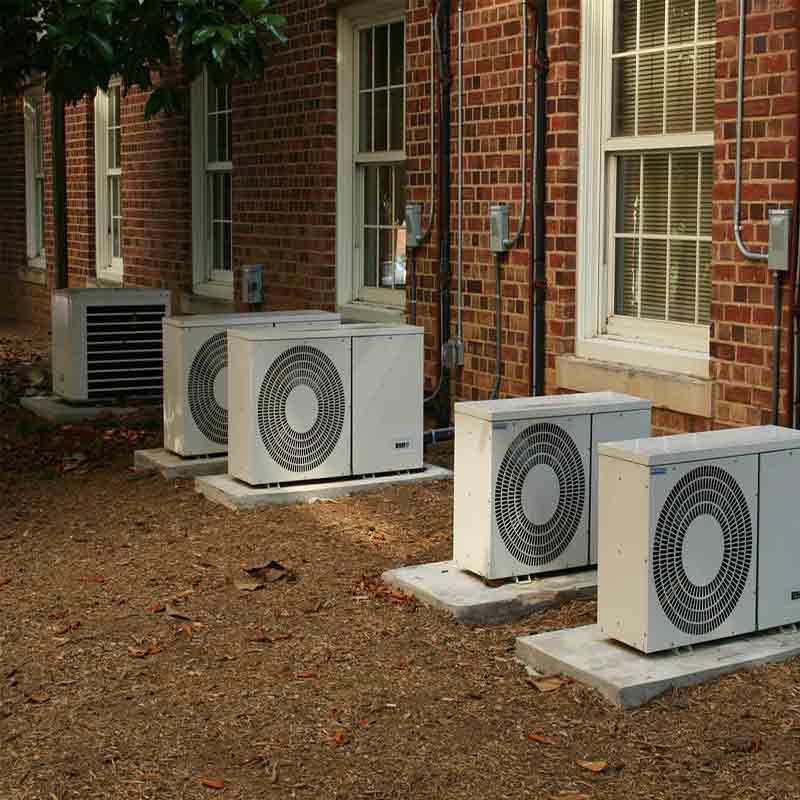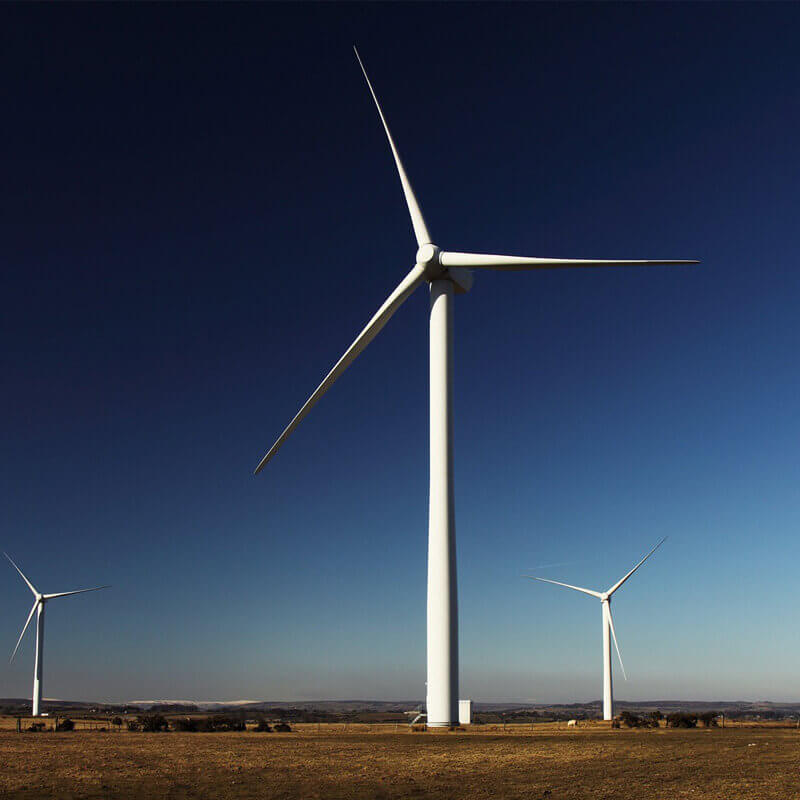No Sensors, No Air-Conditioners
Four essential parts are required in an air-conditioner: a compressor, a condenser, a valve and an evaporator. A refrigerant that circulates continuously is likewise essential.
The compressor is needed to suck in the gaseous refrigerant and heavily compress it. This will increase the temperature and stress of the refrigerant. The refrigerant is then pumped to the condenser, in which it is far cooled with ambient air sucked in through a fan. This condenses and liquefies the refrigerant. The liquid refrigerant remains below excessive stress and is surpassed via the valve to the evaporator. As the refrigerant builds up in front of the valve, it suddenly loses pressure. The decrease in pressure causes the refrigerant to evaporate again and to lose warmth. The warm ambient air vthat is sucked in is blown throughout the evaporator and its warmth is extracted. The warmth is absorbed through the cooled refrigerant. This causes the liquid refrigerant to evaporate again, which returns to the compressor to be compressed again. The cooled air is blown again into the room.

Most air-conditioning systems have controllers, speed controllers, for setting the desired temperature. Special sensors are designed for regulating air-conditioning systems.
Do You Need Help For Field Installation?
We have thought everything through, submit your request for an on-site support.
Do You Need More Solutions? Have a Look at Our Vast Applications

Remote Monitoring of the Filling Level of Fuel Tanks

Pressure Transmitters for Gearboxes of Wind Turbines

Special Data Loggers for Open-Pit Mines
Related Products
